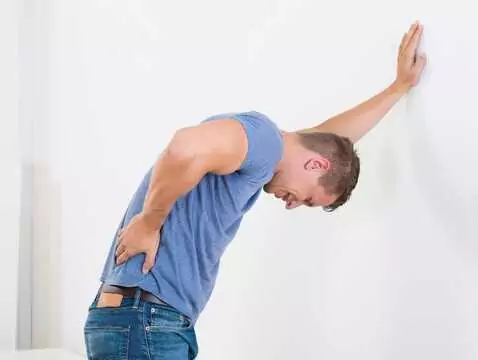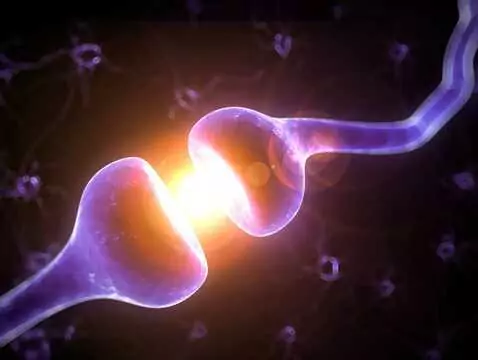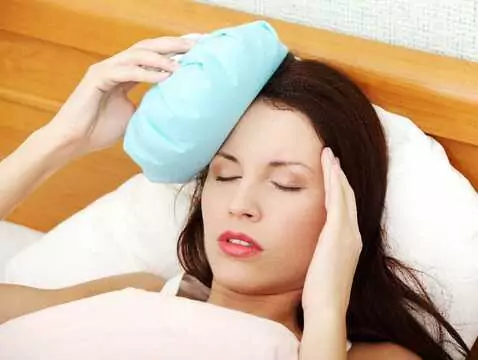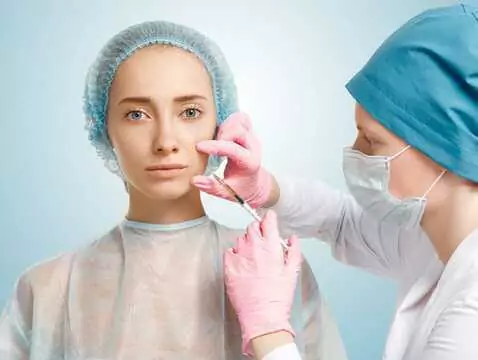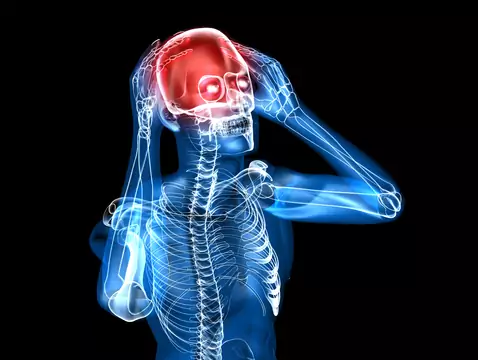Head injuries in children are among the most common reasons for parents and carers of a child to present to health services. The problem is not only very common in the practice of paediatricians and paediatric neurologists , but is also a significant cause of mortality in childhood. In the general paediatric population, head injuries are more frequently observed in boys.
A completely separate category is traffic injuries in which a child is involved as a pedestrian or passenger in a car. Often, the consequences of these injuries can be severe and the central nervous system injuries suffered irreversible.
The issue on the minds of parents of a child after a head injury is whether and when, if any, to consult a doctor. Certainly, any child following a head injury, regardless of the type of injury and the symptoms initially present, requires close observation by the parents or carers.
The child requires urgent medical consultation if:
- immediately after the injury, the child loses consciousness
- is confused or disoriented
- is drowsy
- vomits or reports nausea
- reports impaired vision
- has convulsions
- disturbance of balance is observed
Urgent medical consultation is not necessary if the child:
- has not lost consciousness
- reports no headaches and/or dizziness
- is not vomiting
- is responding logically to questions
- does not fall asleep at unusual times
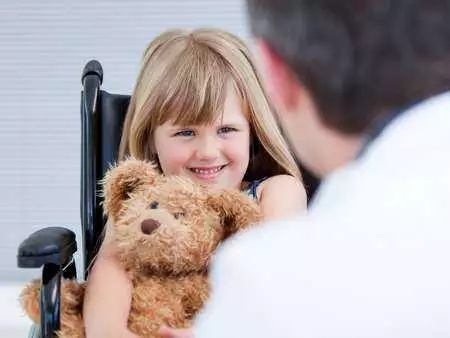
photo: pantherstock
However, in the latter situation, the parents are obliged to observe the child and, if possible, restrict his or her mobility for the next few days. Pre-school and school-age children following mild to moderate head injuries are excused from physical education classes for about two weeks.
Mild and moderate head injuries usually do not leave any permanent damage and do not affect the child's further life and development. Severe injuries, on the other hand, cause physical and mental disabilities and post-traumatic epilepsy.





